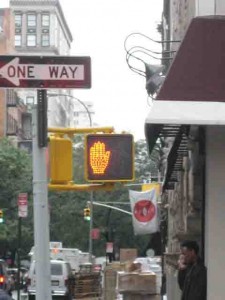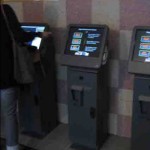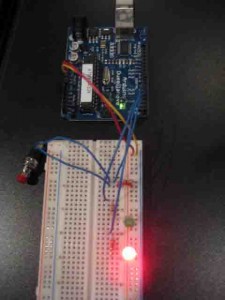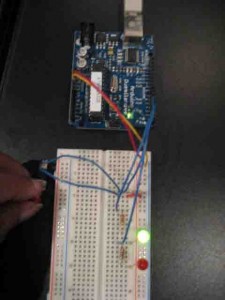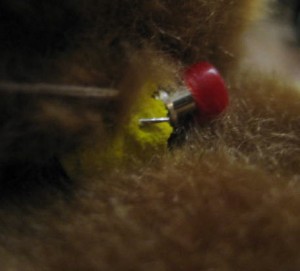So, an assignment in one of my classes this week has been to come up with a fantasy device, that does something you’ve always wanted. I’ve always wanted a unicorn, but our assignment says we have to come up with some type of physical manifestation for this fantasy device. Unicorn-maker sounds a bit outside the realm of normal possibilities, even for ITP.
Most of my brainstorming has been to think about what’s going on in my life that could be improved by a handy-dandy “???????“. I think I may have an idea of something, which I’ll post later, but I did want to post some things I found as a part of the research I did on other cool things people have made:
Bacon-scented alarm clock – Since high school, I’ve had a terrible time waking up in the morning. But, whenever I go home, I don’t have any trouble getting up when I smell the scent of bacon cooking and hearing the sound of eggs on the stove. Thinking about this brings up memories of waking up in my bed at home, coming downstairs and my Mom saying good-morning. So, I had the idea to create an alarm clock that sounded like eggs and bacon frying, while also being attached to an aerosol canister that sprayed bacon scent, like those new kind of air fresheners that periodically spray your room. There would be maybe 2-3 scents, bacon-and-eggs, bakery-brownie scent, and bakery-bread scent, but there would a few sound environments to mix and match…like, Paris cafe, Mama’s house, New York diner. Unfortunately, someone beat me to it!
Cordless device charger – Spending too much time in Starbucks, fighting over outlets gave the idea that wouldn’t it be so nice to just put my laptop, iPhone, camera, walkie-talkie, pace-maker…whatever on a portable mat that just charged everything and I wouldn’t need to worry about all these cords.
This is Belkin’s version. I don’t know if it’s even real, but it’s pretty sweet. I like that it’s not too big, but I’d be worried about someone leaving the gas outlet open.

Here’s a solar-powered version, though it doesn’t look like it’s easily able to actually portable enough to get outside for a good charging. 
I think it would work better if the table could sync my camera, iPod, and computer, too.
Oh, wait! Microsoft came up with something like that already. Microsoft Surface does a lot of neat-o stuff, that seems pretty far out of my league. This video from Popular Mechanics describes a lot, but I guess if you can build your own multi-touch screen interface + infrared cameras + projection camera + wireless CPU with graphics card, you could do it too.




